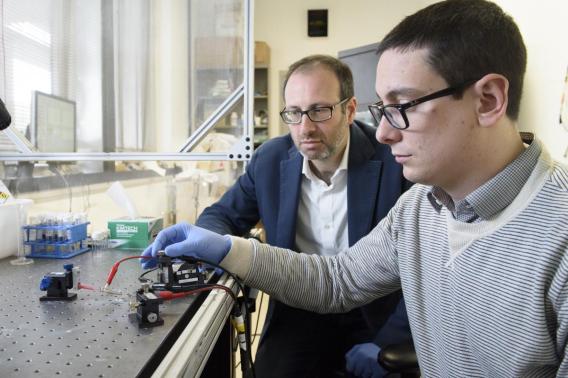Project Summary
Our Vision
Neural interfaces of the future will be used to treat a wide range of diseases for which there is no cure, ranging from sensory and motor degeneration to psychiatric disorders. Yet present-day neural interfaces remain crude compared to the neural circuits in which they are embedded. Our goal is to develop the next generation of neural interfaces that match the resolution and performance of the biological circuitry. We will focus on two signature efforts to spearhead the necessary advances: high-density wire bundles for electrical recording and stimulation, and analog and digital bi-directional retinal prostheses for restoration of vision. In the process of assembling the people to achieve these goals, we will develop an interdisciplinary research and training environment to place Stanford as a global leader in neurotechnology.
Our core team spans Humanities & Sciences, School of Medicine, and the School of Engineering, and includes expertise in neuroscience, biomaterials engineering, nanofabrication, and integrated circuit design. This team also integrates with the large and diverse neuroscience and engineering communities at Stanford. Our existing efforts include basic neuroscience, biomedical implants, neural interface development, computational neuroscience, signal processing and digital and analog circuit development. We are also involved in training grants and teaching in diverse areas connected to neurotechnology.
Learn more
The Stanford Artificial Retina Project
Project Details
Funding Type:
Big Ideas in Neuroscience Award
Award Year:
2017
Lead Researcher(s):
Team Members:

